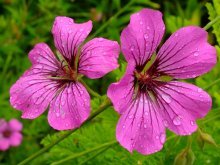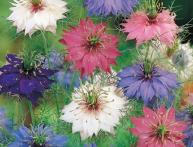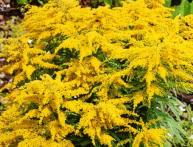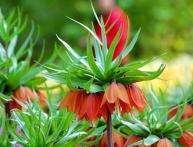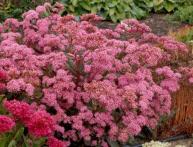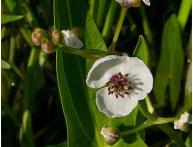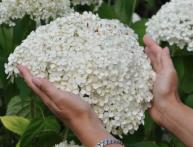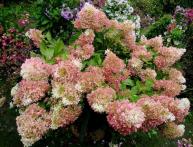How to propagate geranium: basic methods
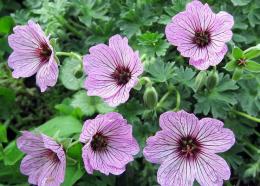
Garden geranium has taken root in the plots of domestic gardeners. Since planting and caring for the plant is simple, many people strive to acquire it. The plant has a long and lasting color, its aroma has sweet notes that attract arthropods so much. It will be useful for novice gardeners to know how to propagate geranium, and what nuances of plant care exist.
Content:
- Nuances of reproduction. What is the best way to propagate a plant?
- Basic rules for caring for geraniums
- Special attention: diseases and pests
Nuances of reproduction. What is the best way to propagate a plant?
Geraniums are the most common houseplant, and not just because they are easy to care for. Geranium is not picky about the choice of soil and feeding, and can easily tolerate our climatic conditions. Today there are more than 300 types of geraniums. They are divided into indoor and garden plant types. Regardless of the type of plant (meaning indoor/garden), care and reproduction boil down to the same rules.
One of the most popular methods of propagating geraniums is by seed. But it should be noted that there is no 100% guarantee that the sprout will sprout. It all depends on the correct temperature, humidity and glaze soil.
On average, after planting seeds, bores appear after 2-5 months. Propagation of geraniums by cuttings provides an almost 100% guarantee of survival rate.To do this, pinch off the upper shoot from an adult plant, place it in a glass, and wait until it sprouts roots. After the sprout has taken root, it can be planted in a pot with soil or in a garden plot.
So, there are several ways to propagate geraniums:
- vegetative (cuttings)
- sexual (planting seeds)
Regardless of which propagation method you choose, you must remember that, like any other type of plant, “young” geranium requires careful care. The establishment of a plant is an important stage, and at this stage it is important to provide excellent care to the plant.
Basic rules for caring for geraniums
In order for geranium to please the owner with long and persistent flowering, it is necessary to organize proper care for the plant. It doesn’t matter whether geranium grows in the garden or at home - it needs to create the right flower garden. The rules for caring for geraniums consist of several important points. The flowering of pelargonium directly depends on correct watering. In summer, the plant needs to be watered every 2-3 days; in winter, watering should be reduced to 2 times a week.
Remember that it is better to moisten the soil in the evening. The flower does not need additional moisture. Spraying can lead to the death of leaves. The optimal air temperature is +20-23 degrees. Pelargonium not at all afraid of temperature changes. If we are talking about the type of indoor plant, then you can safely put a pot with a flower on the windowsill.
Feeding. It is recommended to feed the plant 1-2 times a month. You can choose a mineralized complex for flowering plants. Minerals will help prolong and improve the flowering of the plant. Remember to carefully remove dry twigs.They impede the growth of the plant and prevent new shoots from developing normally.
House plants can be safely taken out onto the balcony in the summer. However, it is better to choose the non-sunny side. And although geranium is not very picky, the sun’s rays are still unacceptable companions for it. Indoor geraniums can be replanted at any time of the year. Garden pelargonium is best planted in late May, early June. Do not forget about loosening and pre-moistening the soil.
Special attention: diseases and pests

Geraniums rarely get sick. The main causes of plant “disease” are external factors, including: dry air, excessive watering, direct sunlight on the plant, overfeeding. Most often, the plant suffers from infection with the Botrytis fungus. Infection can be identified by the following symptoms: gray, dry spots on stems and leaves geraniums.
If measures are not taken in time, the flower will completely rot. What measures need to be taken?
- Trim affected leaves
- Follow the watering schedule
- Treat the plant with fungicides
The plant can also be affected by bacteria. As a result, the leaves of the plant turn brown and fall off over time. Measures to take:
- Remove affected sheets
- Change the soil (top layer)
- Mark complementary foods
- Apply bacteriological preparations to plants
Tomato wilt is also common disease plants. It is characterized by ring spotting. If you notice the disease in the early stages, you can easily get rid of it and save the geranium. If the disease progresses rapidly, it is better to remove the flower pot from healthy plants.
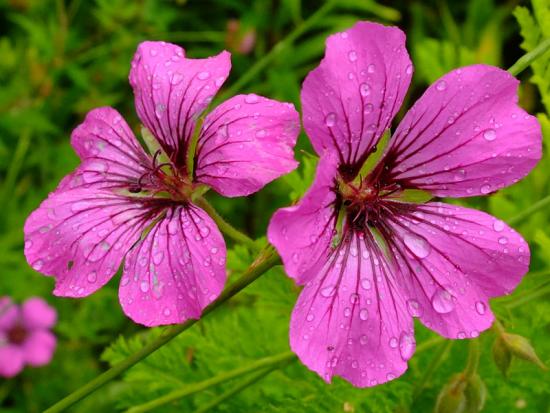
What measures to take:
- Remove weeds in a timely manner
- Remove affected areas of the plant
- Promptly treat the plant against thrips
- Do not feed the soil with excessive amounts of water
Aphids are the most common pest of all indoor plants. It is attracted by moist soil, in which it is so easy to lay larvae. To get rid of the misfortune, you can use special aerosols with natural oils (such as “Spark”, “StopTlya”). Often, a solution of laundry soap and potassium permanganate is used to kill aphids.
When caring for geraniums, you need to know when to stop. It is worth remembering that watering, fertilizing and fresh air are great, but everywhere you need to remember a sense of proportion. By the way, if you have predominantly dry air in your room, it will be useful to know about using a humidifier. This will benefit not only the plants in the house, but also all residents.
If dust collects on the leaves of the plant, remember that removing it with a damp cloth or a stream of water is strictly prohibited. It is better to carefully remove dust using a soft cloth, but remember that sudden movements can damage the fragile trunk of the geranium. As you can see the care and reproduction geraniums are not that complicated. By following simple rules, the flower will delight you with long and fragrant blooms!
Video about beautiful geraniums growing in the garden:


